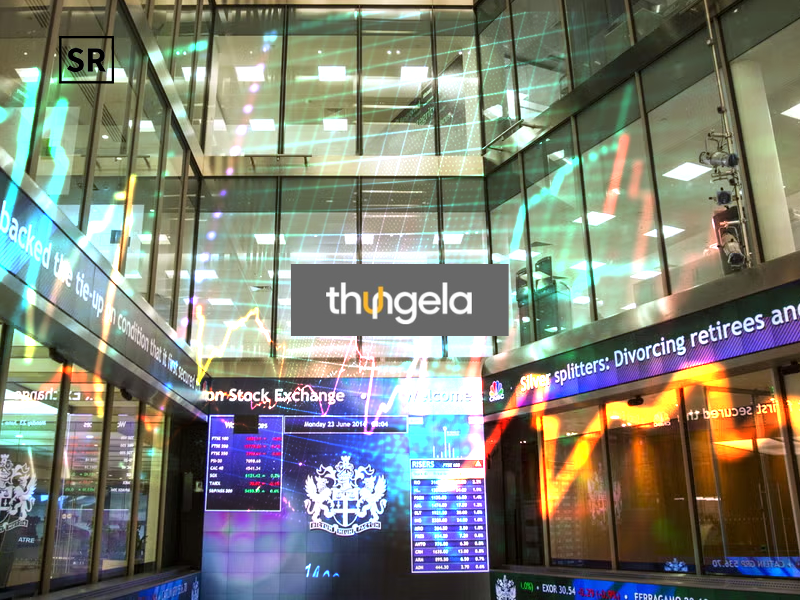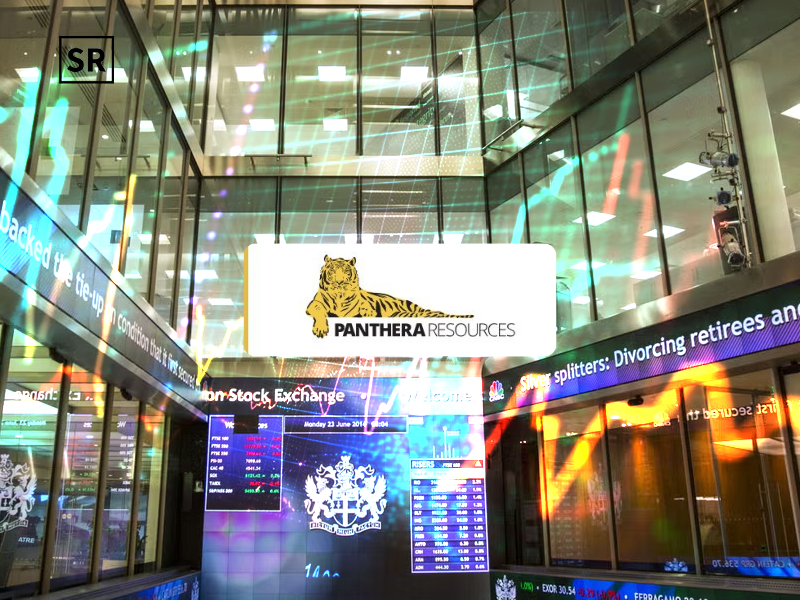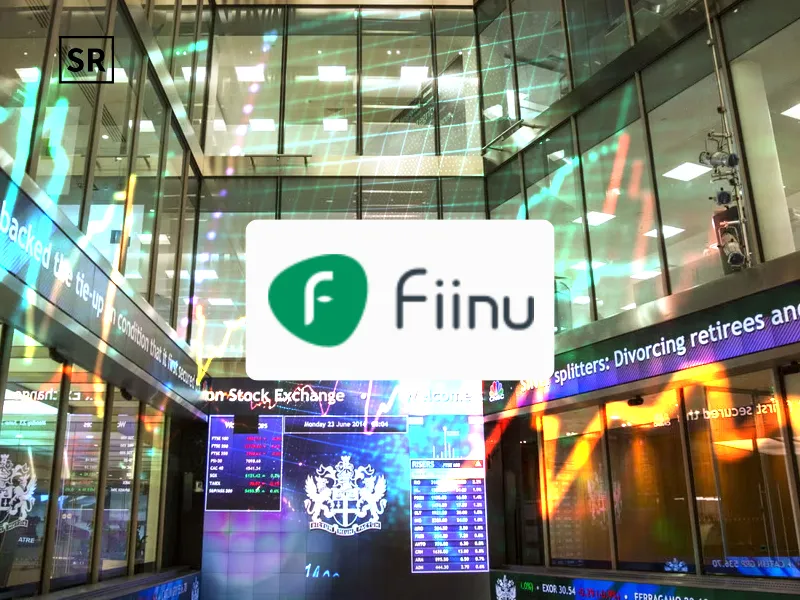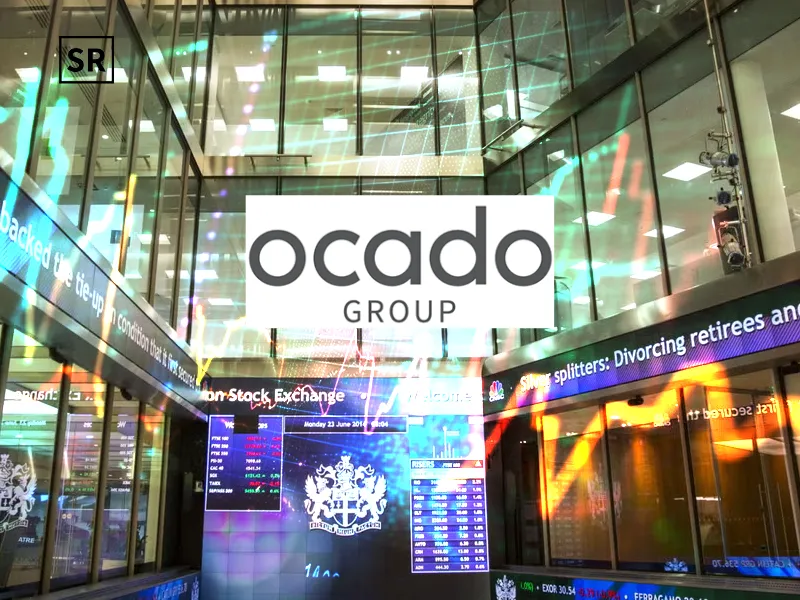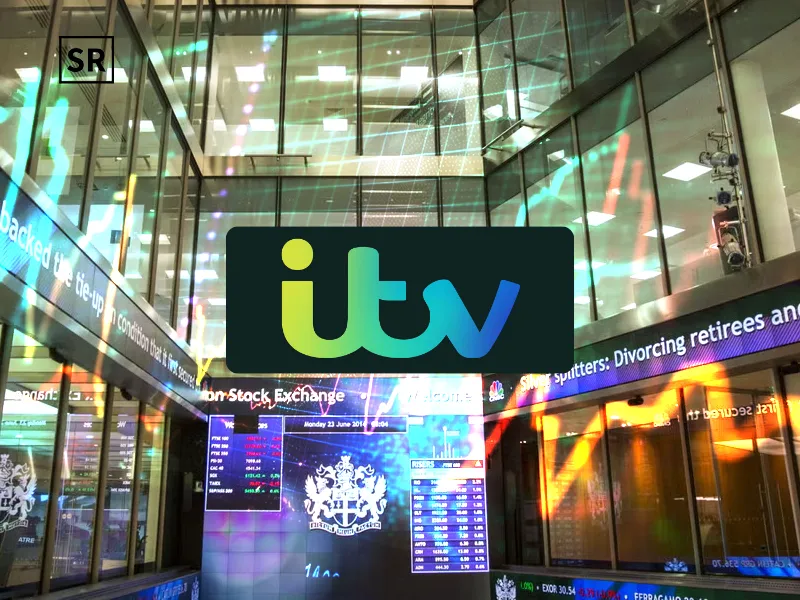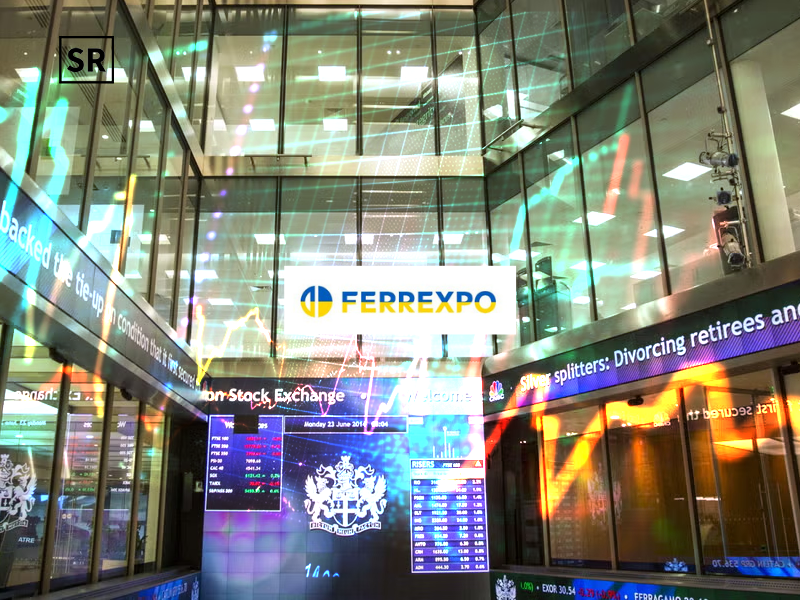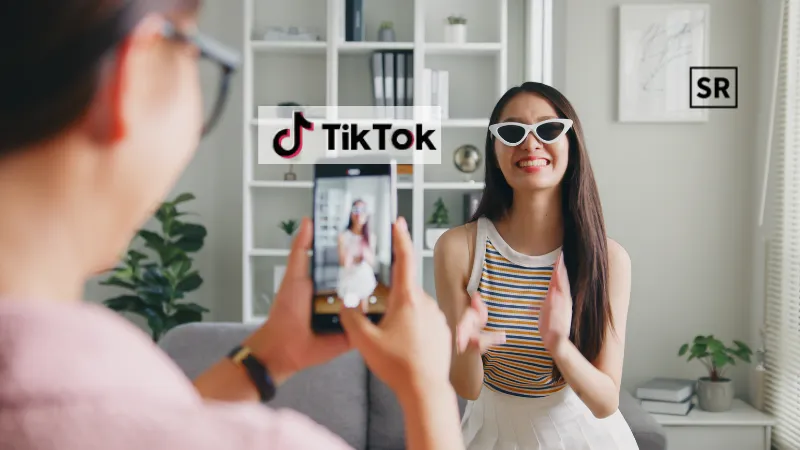
TikTok has rapidly evolved from a niche short-video app into one of the world’s most influential social media platforms. Launched by ByteDance in 2016, it quickly gained global traction, captivating users with its addictive algorithm and highly engaging content. By 2024, TikTok is not just a cultural phenomenon it is a major force in the digital economy, shaping trends, influencing consumer behavior, and driving substantial advertising revenue. Its unique recommendation system keeps users hooked for hours daily, making the platform a goldmine for advertisers and brands targeting younger audiences.
Analysts estimate TikTok’s brand value at around $84 billion in 2024, reflecting its massive popularity, strong user engagement, and innovative monetization strategies. Beyond TikTok itself, ByteDance continues to expand its digital footprint worldwide, leveraging the platform’s success to explore new opportunities. Understanding TikTok’s worth offers insight into its financial power, global influence, and role as a tech and cultural powerhouse.
Financial Performance And Revenue Growth
TikTok has grown into one of the most valuable social media platforms in the world, with its influence extending far beyond entertainment. As of 2024, analysts estimate TikTok’s brand value at around $84 billion, reflecting its rapid growth and dominance in the digital space. The platform’s parent company, ByteDance, is valued at approximately $300 billion, driven largely by TikTok’s success alongside its other products.
Revenue-wise, TikTok has become a major player in digital advertising. In 2024, the platform generated an estimated $23 billion globally, a 42.8% increase from the previous year. Advertising contributes around 77% of this revenue, with brands leveraging TikTok’s highly engaged user base and sophisticated targeting capabilities. In the U.S. alone, TikTok brought in over $10 billion in ad revenue, underscoring its strength in key markets.
RECOMMENDED FOR YOU
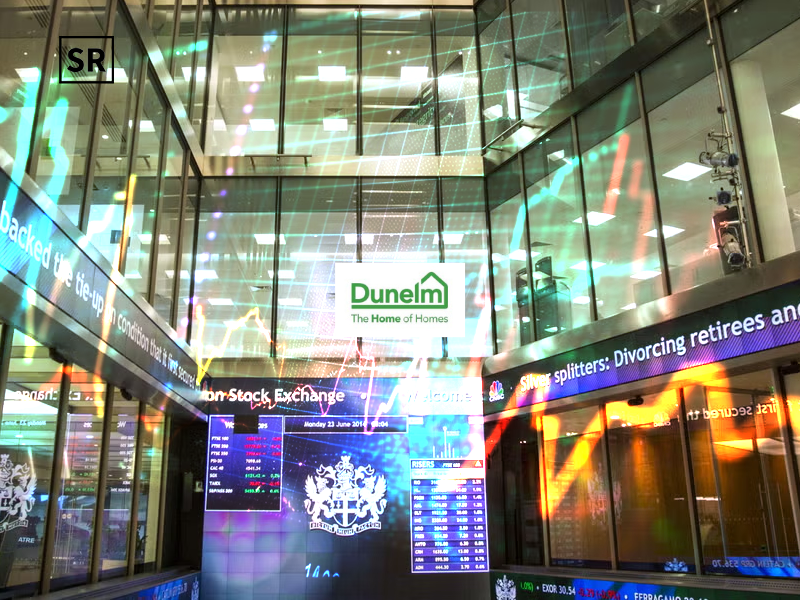
Dunelm Share Price Prediction (2025–2030): Expert Analysis & Predictions
Team SR
Jun 26, 2025
A key driver of TikTok’s valuation is its advanced content recommendation algorithm, which personalizes user feeds and keeps engagement high. Analysts suggest that this proprietary technology alone could account for tens of billions in value. With continued user growth, innovative monetization strategies, and a strong global footprint, TikTok’s financial influence shows no signs of slowing, cementing its status as a tech and cultural powerhouse.
Global User Base And Market Reach
TikTok’s success is driven not just by its innovative features, but also by its massive global user base. As of 2024, the platform boasts over 1.5 billion active users worldwide, making it one of the most widely used social media apps across all age groups. Its appeal spans continents, with strong adoption in regions including Asia, North America, Europe, and Latin America. This global reach positions TikTok as a major platform for cultural influence, entertainment, and digital marketing.
The platform’s personalized algorithm ensures that content is tailored to each user’s interests, boosting engagement and increasing the time users spend on the app daily. This high level of user activity is a key reason why advertisers are drawn to TikTok, seeking to reach its highly engaged audiences. In 2024, the platform generated over $10 billion in U.S. ad revenue, reflecting its strength in one of the world’s largest digital advertising markets.
TikTok’s international expansion continues to accelerate, with localized content strategies, partnerships, and community-building efforts enhancing its appeal in diverse markets. Its global footprint not only drives revenue but also strengthens its position as a cultural trendsetter. With continued growth in user numbers and engagement, TikTok is poised to remain a dominant force in social media and digital marketing worldwide.
How Does TikTok Generate Its Revenue
TikTok has quickly become one of the most lucrative social media platforms, not just for influencers but also for its parent company, ByteDance. While TikTok creators earn through brand partnerships and video content, the platform itself generates revenue primarily through advertising, in-app purchases, and creator commissions.
Advertising is the largest source of TikTok’s revenue. Brands pay to promote their products and services using various ad formats, leveraging TikTok’s highly engaged user base.
Popular advertising options include:
- In-Feed Video Ads: Ads appearing between videos on users’ feeds.
- Brand Takeover Ads: Ads that show immediately when opening the app.
- Top View Ads: Premium ads positioned at the top of the “For You” feed.
- Brand Hashtag Challenges: Campaigns where brands create hashtags and encourage users to feature them in videos.
- Branded Effects: AI-powered filters and interactive effects sponsored by brands.
The cost of these campaigns ranges from $50,000 to $150,000, with Brand Hashtag Challenges often being the most expensive due to high engagement potential. In 2022, TikTok earned $9.9 billion from advertising, with revenue projected to grow by 28% by 2025.
In-app purchases are another major revenue stream. TikTok earned $189 million in 2023 from users buying virtual coins, gifts, and items for TikTok Live and TikTok Shop. Users can purchase coins in bundles ranging from 100 to 10,000 and use them to reward creators during live streams, boosting engagement while generating revenue.
Creator commissions also contribute to TikTok’s earnings. When influencers withdraw their earnings from the Creativity Program, TikTok charges a 50% commission, keeping half and crediting the rest to creators. This model applies to live gifts, influencer marketing, and other monetization programs.
By combining advertising, in-app purchases, and commissions, TikTok has built a diverse and highly profitable revenue model, making it one of the most financially successful social media platforms globally.
Biggest TikTok Creators And Their Following
TikTok has rapidly emerged as one of the largest social media platforms globally, giving rise to a new generation of digital stars. Its unique algorithm, short-form content format, and global reach allow creators to amass massive followings in a remarkably short time. These influencers not only entertain millions but also wield significant cultural and commercial influence, earning through brand partnerships, sponsorships, and in-app monetization.
Here are the five biggest TikTok creators
1. Khaby Lame – Khaby Lame has become a global sensation with his humorous, wordless reaction videos that simplify overcomplicated life hacks. The Italian TikToker has over 161.8 million followers and earns significantly from the TikTok Creator Fund. His viral videos, such as the one responding to an unusual banana-peeling technique, showcase his universal appeal, crossing language and cultural barriers.
2. Charli D’Amelio – Known for her dance videos, Charli D’Amelio has maintained a top spot on TikTok with 155.7 million followers. Beyond TikTok, she has appeared in a Super Bowl commercial and Hudson’s music video America’s Sweethearts. Charli’s consistent content, engaging personality and collaborations with other creators and brands highlight her commercial and cultural influence.
3. MrBeast (Jimmy Donaldson) – Famous for innovative challenges and viral concepts, MrBeast has 105.2 million followers on TikTok. His creativity, such as the Squid Game recreation, keeps audiences hooked and demonstrates the crossover potential of content from YouTube to TikTok.
4. Bella Poarch – Bella Poarch, an American-Filipino creator, has quickly grown her following to 93.9 million since starting in 2020. Her music videos, including Build a Bitch and Inferno, are widely popular, reflecting her rapid rise on the platform.
5. Addison Rae – With 88.8 million followers, Addison Rae remains a prominent figure on TikTok. Known for her dance content, she has expanded into acting, music and business, including a multi-movie deal with Netflix.
Other notable creators gaining popularity include Zach King (82.1M), Kris Collins (50.6M), and Josh Richards (25.8M). International influencers like Riyaz Aly (50M) from India and Michael Le (55M) from the U.S. also demonstrate TikTok’s global reach.
TikTok creators not only entertain but also drive significant economic impact. Sponsorships, affiliate marketing, and in-app gift earnings allow top creators to earn millions annually. Brands increasingly rely on these influencers to connect with younger audiences, solidifying TikTok’s position as a platform that shapes trends, culture and commerce worldwide.
Who Owns TikTok And How Much Are They Worth?
TikTok is owned by ByteDance, a Chinese tech giant founded in 2012 by Zhang Yiming and Liang Rubo. Since its inception, ByteDance has grown into a global powerhouse, operating multiple platforms including Helo, Vigo Video and Jinri Toutiao, and employing over 110,000 people across international offices.
Zhang Yiming, who stepped down as ByteDance’s CEO in 2021, is one of China’s wealthiest individuals. According to Forbes, his net worth is approximately $40.2 billion as of 2024, reflecting the tremendous success of the company he co-founded. Liang Rubo, serving as the chairman of the board, holds a net worth of $2.1 billion and continues to play a key role in ByteDance’s strategic direction.
The current CEO of TikTok is Shou Zi Chew, who oversees the platform’s operations and global expansion. During a recent Congressional hearing, Chew revealed the company’s ownership structure: 60% of ByteDance is held by investors such as the Carlyle Group, General Atlantic, and Susquehanna International Group, while the remaining 40% is split between Zhang Yiming (20%) and ByteDance employees.
This mix of private ownership and investor backing has helped ByteDance scale rapidly, enabling TikTok to become a global social media leader. The company’s success has not only created immense wealth for its founders and employees but also positioned ByteDance as one of the most valuable privately held tech companies in the world. With TikTok continuing to expand its user base and revenue streams, the financial influence of ByteDance and its key stakeholders is likely to grow even further in the coming years.
Regulatory Challenges And Future Outlook
Despite TikTok’s tremendous financial success, the platform faces regulatory scrutiny, especially in the United States, due to national security concerns. These issues have sparked discussions about a potential sale of TikTok’s U.S. operations. Valuations for these operations vary, with estimates ranging between $40 and $50 billion if the proprietary algorithm is excluded. Potential buyers include major tech companies like Oracle and Amazon, as well as individual investors such as Elon Musk and Frank McCourt.
Looking ahead, TikTok’s future remains promising. Its innovative features, highly engaged global user base, and diversified monetization strategies provide strong foundations for continued growth. However, the platform’s ability to navigate ongoing regulatory challenges will be crucial for maintaining its market position and valuation. Strategic decisions around ownership, data privacy, and compliance will shape TikTok’s trajectory in the coming years. Despite these hurdles, the platform’s influence in social media, digital marketing, and global culture suggests that TikTok will continue to be a major player in the tech landscape, driving trends, engagement, and revenue worldwide.
Conclusion
TikTok has cultivated a loyal and engaged user base, attracting both content creators and viewers from around the world. Its addictive short-form videos, personalized algorithm, and diverse content make it a platform that many, like myself, turn to daily for entertainment, relaxation, and a dose of humor. The app has become more than just a social media platform—it is a cultural phenomenon that shapes trends, influences behavior, and connects people globally.
For users TikTok offers immense value, creating a sense of community and providing endless creative inspiration. Its success is reflected not only in its billions of active users but also in the economic opportunities it generates for creators and brands alike.
However, TikTok faces ongoing challenges, particularly around data privacy and regulatory scrutiny especially in the United States. The platform’s ability to navigate these concerns will be critical to sustaining its growth and maintaining user trust. While its innovative features and strong engagement suggest a promising future, only time will tell if TikTok can continue its remarkable run while addressing the challenges posed by privacy and compliance issues.
Ultimately, TikTok’s influence on entertainment, culture, and social media is undeniable, making it a platform worth watching closely in the years ahead.


 Follow us
Follow us Follow us
Follow us